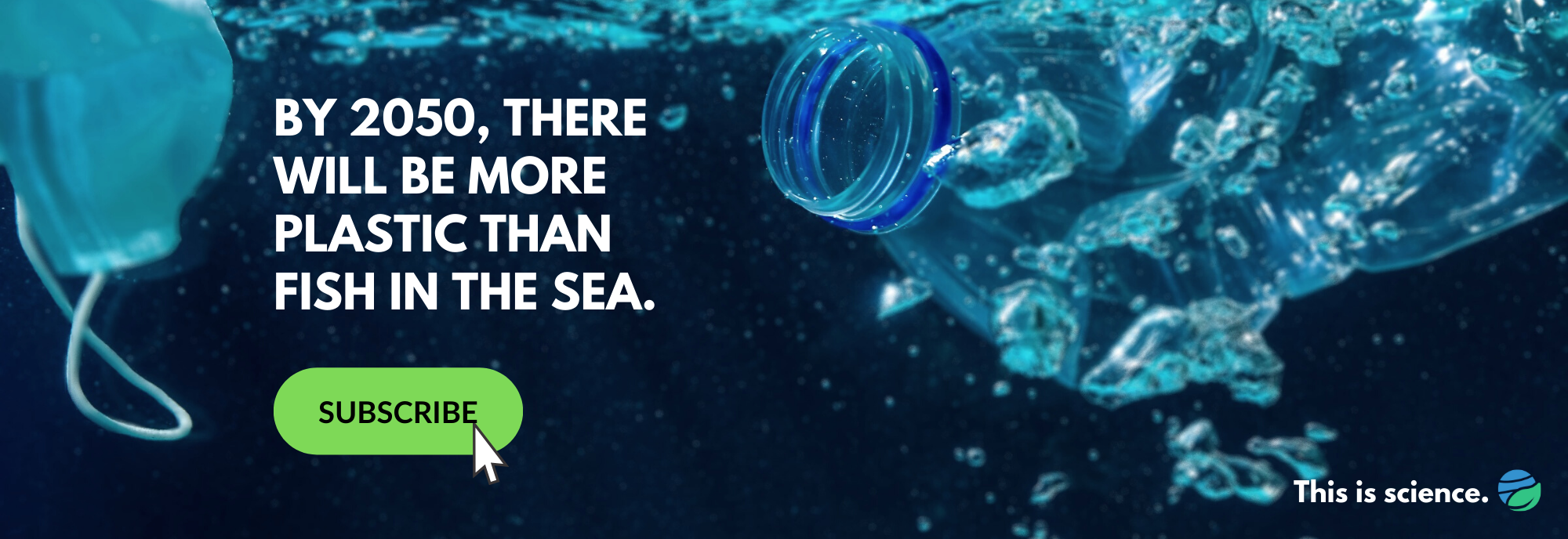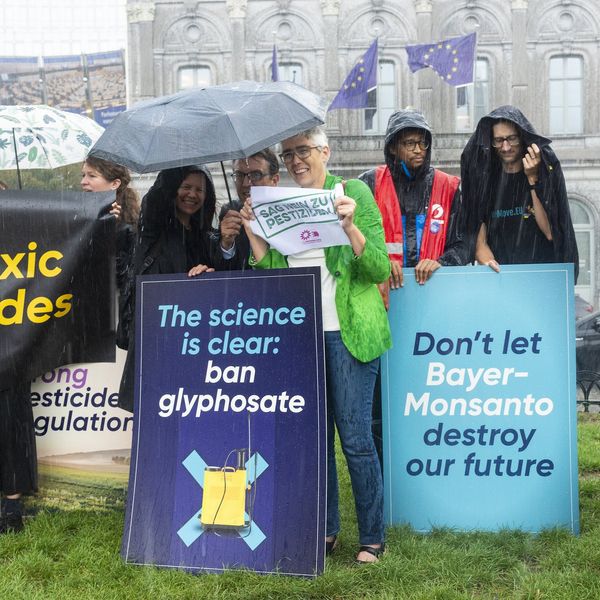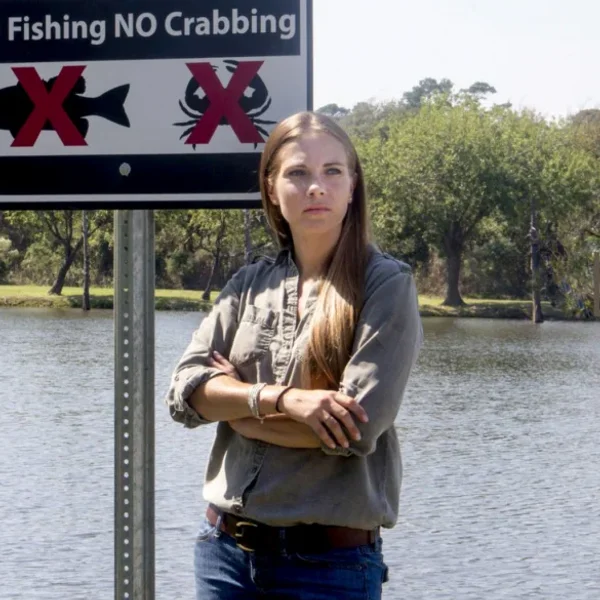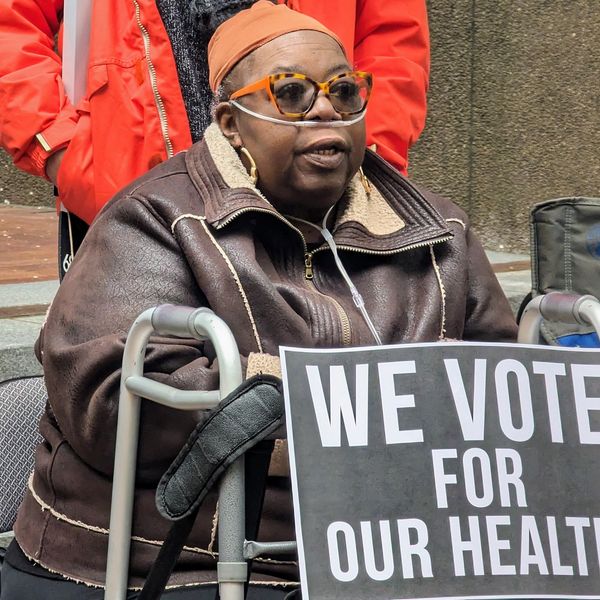With Europe moving to all but ban BPA from food packaging products, the U.S. needs to do the same, a coalition of doctors and scientists said in a petition today.
“We are asking the FDA to review the safety of BPA, to remove or restrict approvals for BPA, so we remove the overexposure happening right now,” Maricel V. Maffini, a consultant to the Environmental Defense Fund and signee to the petition, told EHN.
The petition, from a group of doctors, scientists, and health and environmental organizations, comes on the heels of new findings from European regulators that bisphenol-A, or BPA, can impact people’s health at levels much lower than previously thought. The European Food Safety Authority — Europe’s FDA equivalent—has recommended slashing the recommended daily dose by 100,000, which would more than likely mean BPA could not be used in food contact materials.
This new “safe level” proposed by European experts is more than 5,000 times lower than what most Americans are exposed to, according to calculations from Maffini and colleagues — and it's 100,000 times lower than current European safety levels. Now U.S. health professionals want similar actions here: Today’s petition calls on the FDA to limit BPA in food packaging and other food contact materials to less than .5 parts per trillion in food, which is below what today’s tests can accurately detect.
The threshold “effectively would eliminate use of BPA,” Maffini said. “It’s all about bringing levels of exposure to the lowest levels possible.”
Different conclusions about BPA
BPA is an ingredient used in polycarbonate plastic and epoxy resins — added to everything from Tupperware to liners in canned goods and bottle tops. It’s also used in thermal receipt paper. It can leach out of plastic and into food; and virtually every human tested on the planet has some BPA in their blood. The chemical is an endocrine disruptor, meaning it alters the proper functioning of our hormones, and is linked to a host of health problems, including cancer, diabetes, obesity, reproductive, nervous and immune system impacts, and behavioral problems.
The FDA maintains that BPA is safe at current levels migrating into foods. However, in 2019 EHN.org investigated that agency’s handling of the current science on BPA and found a regulatory push to discredit independent evidence of harm while favoring pro-industry science despite significant shortcomings.
When asked how the FDA and regulators at the equivalent European agency, known as EFSA for short, could come to such vastly different conclusions on BPA safety, Maffini said the assessments from the two agencies are worlds apart.
“EFSA followed a very systematic process, a very transparent process,” Maffini said. “They evaluated all of the available studies since 2013 — academic studies, industry-supported studies, FDA , and NTP [National Toxicology Program] studies — they evaluated everything.”
The European agency then looked at human data on how the body deals with BPA and determined the most sensitive endpoints — including the immune system, the ovaries, and the nervous system.
“They really combed through all studies and justified endpoints that are sensitive, and justified those they didn’t think were as sensitive,” Maffini said.
The FDA didn’t follow the same process, Maffini said, adding that in their last large review driving current regulations, the agency mostly reviewed toxicology studies, which miss a lot of the impacts of endocrine-disrupting chemicals because they don’t behave like traditional toxics.
The petition is “not asking the FDA to adopt what EFSA did,” Maffini said. Rather “we are presenting the evidence the EFSA released, and telling the FDA, ‘take a look, it looks like the safe dose is extremely low.’”
“More than enough” evidence to limit BPA
The petition was filed by Environmental Defense Fund, Breast Cancer Prevention Partners, Clean Water Action/Clean Water Fund, Consumer Reports, Endocrine Society, Environmental Working Group, Healthy Babies Bright Futures, Dr. Maricel Maffini, and Dr. Linda Birnbaum, former director of the National Institute of Environmental Health Sciences and National Toxicology Program.
“The scientific evidence is now more than enough to require strict limits on the use of BPA in packaging and plastics that come in contact with our food," Birnbaum said in a statement.
The FDA has a few weeks to respond to the petition and decide whether or not to file it. If filed, they would then have to complete an assessment that justifies whether they will accept the petition’s suggestions or not.
Meanwhile in Europe, the EFSA draft rules are open for public comment until Feb. 22, 2022. You can comment on the BPA health standards here on the EFSA's "public consultations" page.
- Exposed: Federal gov'ts 'willful blindness' on BPA exposure - EHN ›
- BPA use in doubt as Europe seeks protective health limits - EHN ›
- BPA Pollution: What you need to know - EHN ›
- Europe’s revolutionary BPA proposal puts more scrutiny on US regulatory inaction - EHN ›
- Europe seeks drastic cut to BPA exposure - EHN ›




























